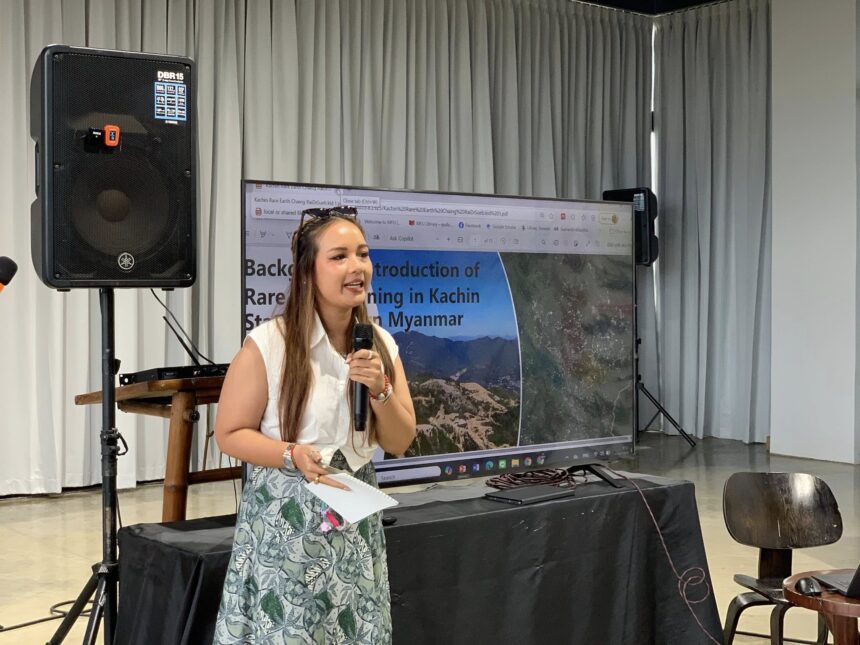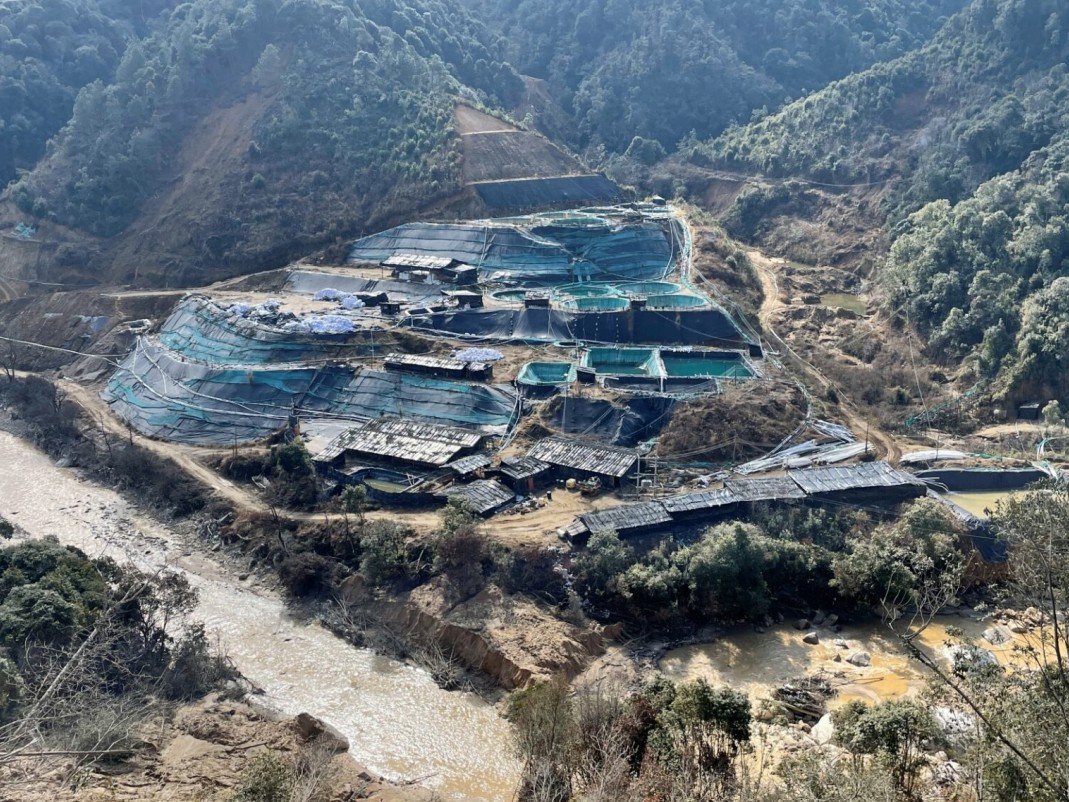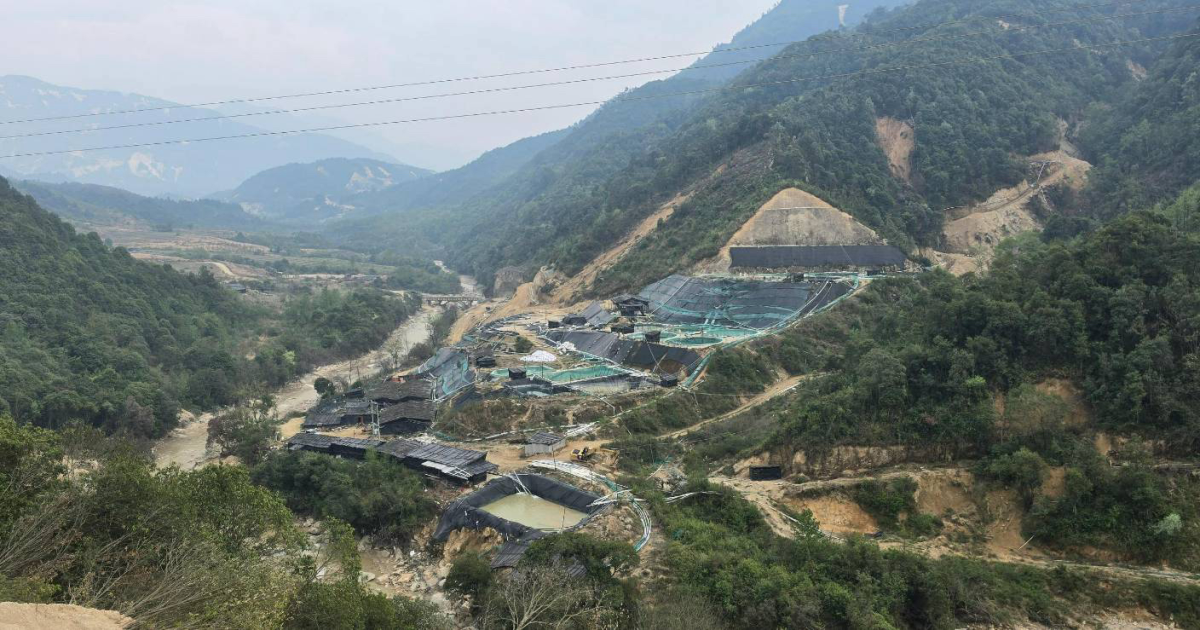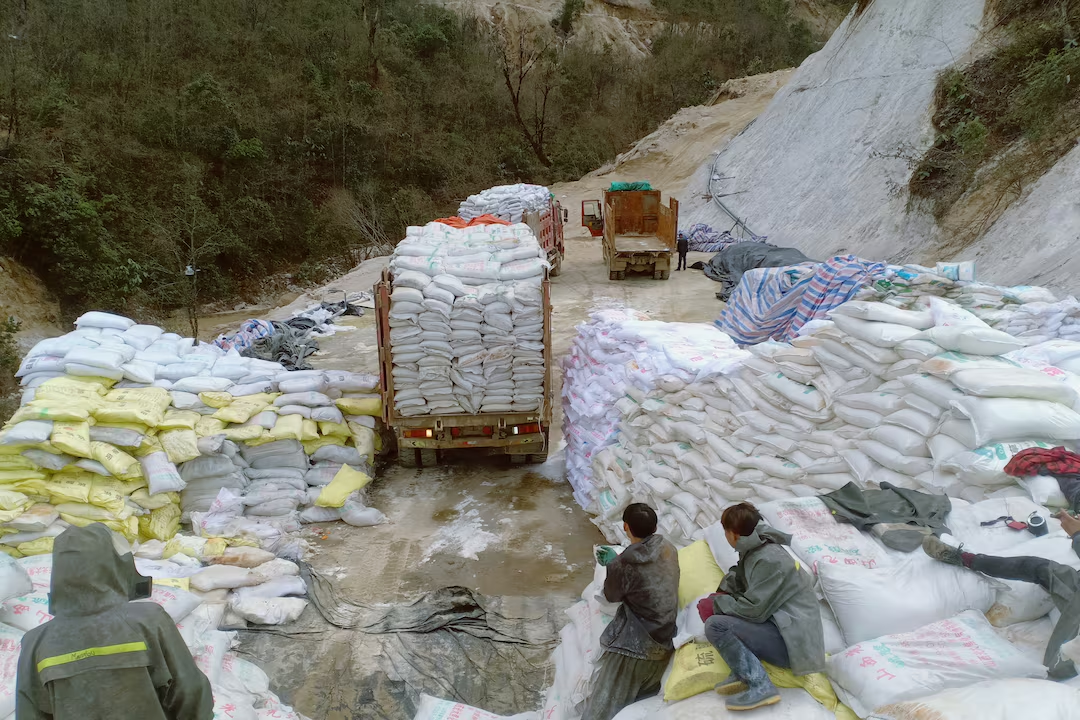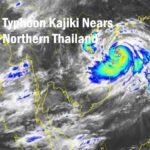CHIANG RAI – On August 25, 2025, an event called “From Kachin to Thailand: Rare Earth Mining and Its Impact on Society and Environment” took place at the Chiang Rai Contemporary Art Museum.
Dr. Suebsakul Kitchajuk, an academic from Mae Fah Luang University, shared an overview of rare earth mining in the region. He noted that in northern Shan State, the Pak town mine is connected to rivers that feed into both the Salween and Mekong rivers.
It’s still unclear whether contaminants have entered the Salween. The same goes for Laos, where mines operate across from Chiang Khan, but no one has tested if pollution has reached the Mekong.
Local communities have filed requests to shut mines and restore rivers like Kong, Kok, and Ruak. Recently, the Thai government met with Myanmar’s military rulers to set up a panel to examine local water sources.
Another issue that no one talks about is testing rare earth ore imported from Myanmar. The Mekong River Commission has already found heavy metals in the Mekong.
Most mining that affects Chiang Rai happens in Shan State. Thailand now faces questions about how to negotiate with the Wa authorities, since the Wa benefit from exporting rare earths. The Wa recently met with ethnic armed groups after China pressured them to help stop fighting with the Myanmar army.
As a major worldwide supplier, China cannot dismiss responsibility for rare earth mining impacts. Recent LMC (Lancang-Mekong Cooperation) meetings have begun raising these issues. Later this year, another LMC session will be held.
The US recently visited Kachin, clearly interested in rare earths. Although Kachin is far from Chiang Rai, its mines affect both people and nature. There are important lessons to learn from Kachin.
Zung Ting, who has worked for over twenty years on environmental issues and community development in Kachin, explained that the state is surrounded by China and India, two countries that have taken valuable resources over the years. Kachin is mountainous and plays a vital role for the region’s ecosystems with many mineral deposits.
Early on, locals in Kachin did not even know what a rare earth was. China changed its mining policy after severe problems at home and moved production into Kachin. Over time, key players shifted, with the Kachin Independence Army taking control.
After the 2021 Myanmar coup, rare earth mining accelerated since no one could enforce rules anymore. Now, there are an estimated 370 major rare earth mines, plus many smaller ones in Kachin. Exports top four billion US dollars. As of October 2024, the KIA controlled almost all mining areas.
China still dominates global rare earth production, controlling about eighty percent. Many countries are trying to reduce their reliance on Chinese supplies and are opening new mining operations elsewhere. Heavy rare earths are harder to find but exist in Kachin, which explains recent US visits there.
China has threatened KIA that if it keeps fighting the Myanmar army, China will stop buying rare earths from them. The Wa group also refused to support other armies unless they stop fighting with Myanmar, including the KIA.
Mining has brought severe disruption to Kachin. There are repeated floods, landslides after mountains are hollowed out, and ongoing problems with water and food security. Even local honey can’t be eaten anymore because of contamination. Community members resist not just rare earth mining but also poppy cultivation, which has risen with increased Chinese involvement.
Seng Li, a Kachin researcher from the Shaba Foundation, said mining has a long history in Kachin, but activity jumped forty percent in the past two years. Originally, most mining was under the Border Guard Force. Now, the Kachin Independence Organization controls most of it.
Mining has damaged soils and water because chemicals are dumped directly onto mountains. This has harmed people living nearby.
Before mining escalated, Kachin exported herbs to China. Once mining began, China stopped buying those products. Many locals now suffer from skin diseases, and attacks on women have increased. Kachin produces two types of rare earth ore, both used in magnets, wind turbines, and military industries.
About fifty-seven percent of the world’s supply of one rare type comes from Kachin via China, and twenty percent ends up in Germany. Both internal factors, like national movements and income needs for groups like the KIA and KIO, and external demand have driven up mining. Control of mining brings money for continued fighting.
Seng Li spent eight months studying rare earth mines in Kachin. He found widespread corruption and poor oversight. Workers had no idea what happened to the wastewater. Even KIO officials often ignored complaints from residents.
Mining rules are unclear, permissions depend on personal networks, and there’s little transparency on where money goes or if it benefits local communities. On a positive note, KIO allowed researchers into mining areas.
Seng Li suggests that ethnic groups should help manage these territories, not just Myanmar’s military government, and that international bodies should recognize this role. It will help raise environmental standards. Countries buying rare earths must check exactly where and how they were mined, especially ore from China.
After the forum, Seng Li told reporters that rare earth mining in Thailand is just beginning. In Kachin, the damage is far worse, and recovery could take up to a century. It’s good that people in Thailand are growing more aware.
He advised that ending rare earth mining matters, even if it’s difficult and will need negotiation. Talks with the Myanmar military will not be enough; Thai authorities should also talk to the Wa, who control mining areas.
Mining in Kachin has turned clean rivers into streams of muddy water. Forests have disappeared, wildlife cannot survive, and locals have developed skin conditions. People have lost their livelihoods as China now refuses to buy local spices and herbs.
Source: Trans Boundary News




